Entry Category: Museums and Historic Sites
Museum of Automobiles
Museum of Discovery
 Museum of Discovery
Museum of Discovery
Museum of the Arkansas Grand Prairie
Museums
Nannie Gresham Biscoe House
Nashville Commercial Historic District
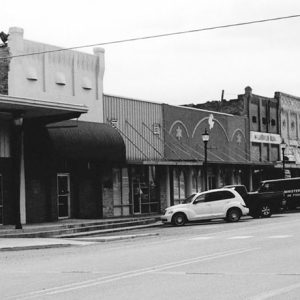 Nashville Commercial Historic District
Nashville Commercial Historic District
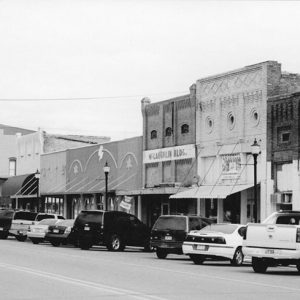 Nashville Commercial Historic District
Nashville Commercial Historic District
Nashville Post Office
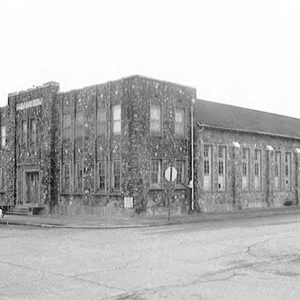 National Guard Armory [Mena]
National Guard Armory [Mena]
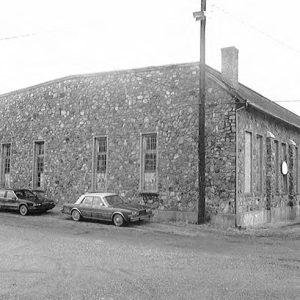 National Guard Armory [Mena]
National Guard Armory [Mena]
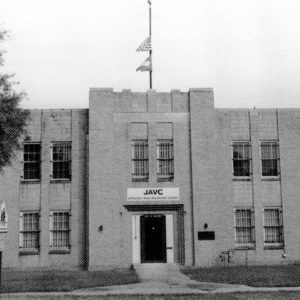 National Guard Armory [Pine Bluff]
National Guard Armory [Pine Bluff]
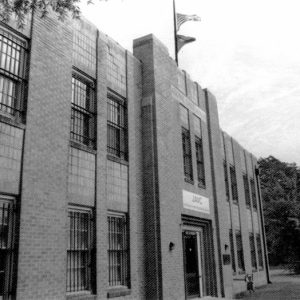 National Guard Armory [Pine Bluff]
National Guard Armory [Pine Bluff]
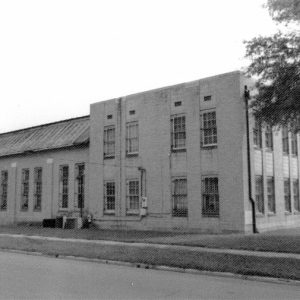 National Guard Armory [Pine Bluff]
National Guard Armory [Pine Bluff]
Nevada County Courthouse
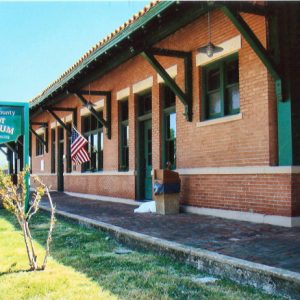 Nevada County Depot and Museum
Nevada County Depot and Museum
Nevada County Depot and Museum
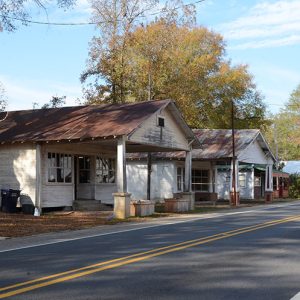 New Edinburg Commercial Historic District
New Edinburg Commercial Historic District
New Edinburg Commercial Historic District
New Home Church and School
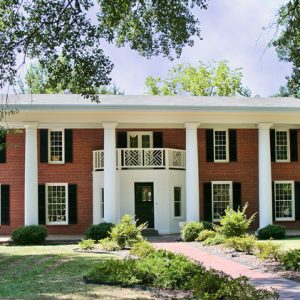 Newberry House
Newberry House
Newton County Courthouse
Newton House Museum
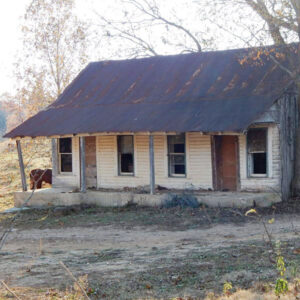 Newton Sutterfield Farmstead
Newton Sutterfield Farmstead
Newton Sutterfield Farmstead
 Nodena Site Aerial View
Nodena Site Aerial View
 Nodena Site Aerial View
Nodena Site Aerial View
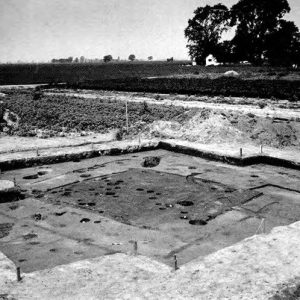 Nodena Site Excavation
Nodena Site Excavation
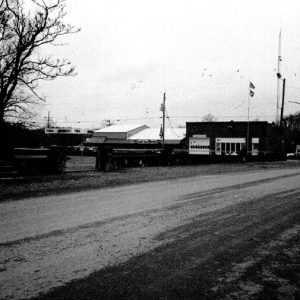 Norman Street Scene
Norman Street Scene
Norman Town Square
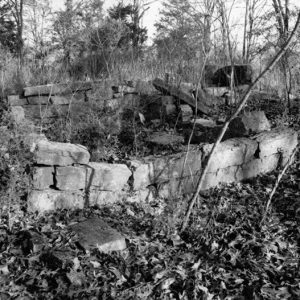 Norristown Cemetery
Norristown Cemetery
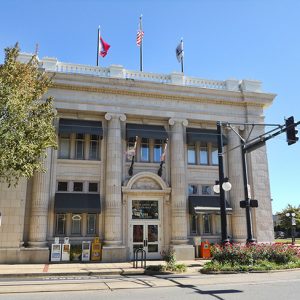 North Little Rock City Hall
North Little Rock City Hall
 North Little Rock City Hall Lobby
North Little Rock City Hall Lobby
North Little Rock City Hall
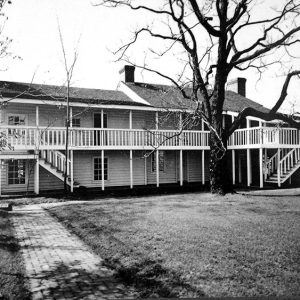 North Side
North Side
Northern Ohio School
 Nursery Display
Nursery Display
Oak Forest United Methodist Church
Oak Grove Rosenwald School
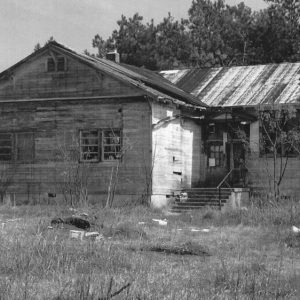 Oak Grove Rosenwald School
Oak Grove Rosenwald School
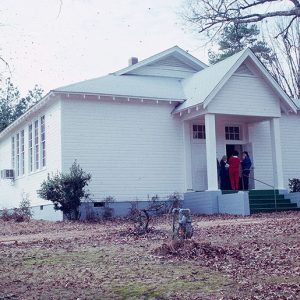 Oak Grove School
Oak Grove School
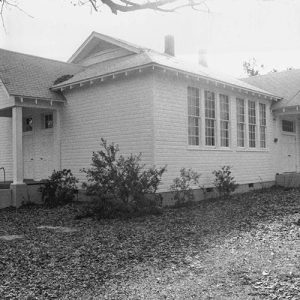 Oak Grove School
Oak Grove School
Oak Grove School
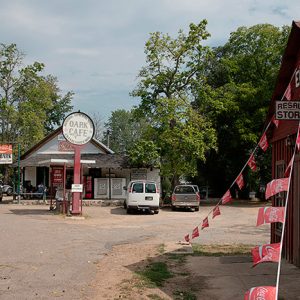 Oark General Store
Oark General Store
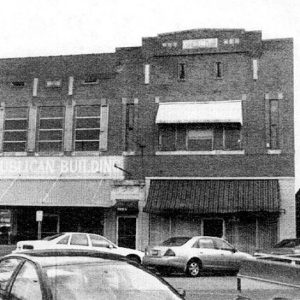 Odd Fellows Building
Odd Fellows Building
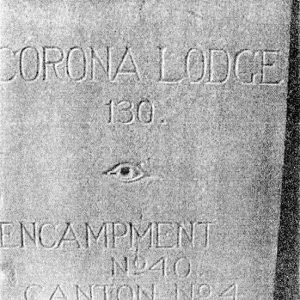 Odd Fellows Building Cornerstone
Odd Fellows Building Cornerstone
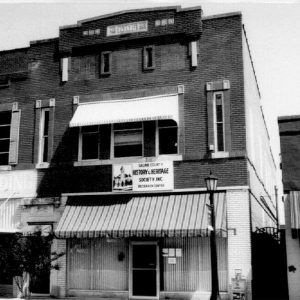 Odd Fellows Entrance
Odd Fellows Entrance




